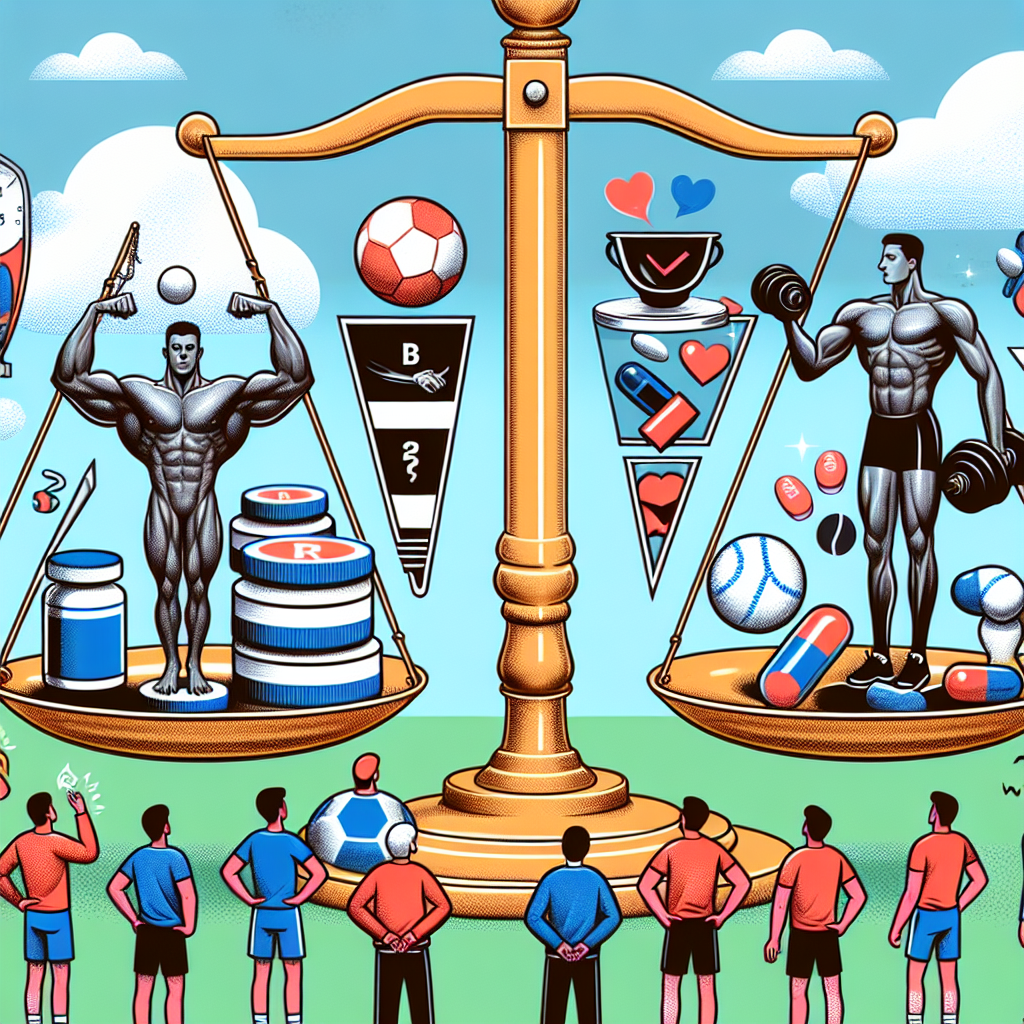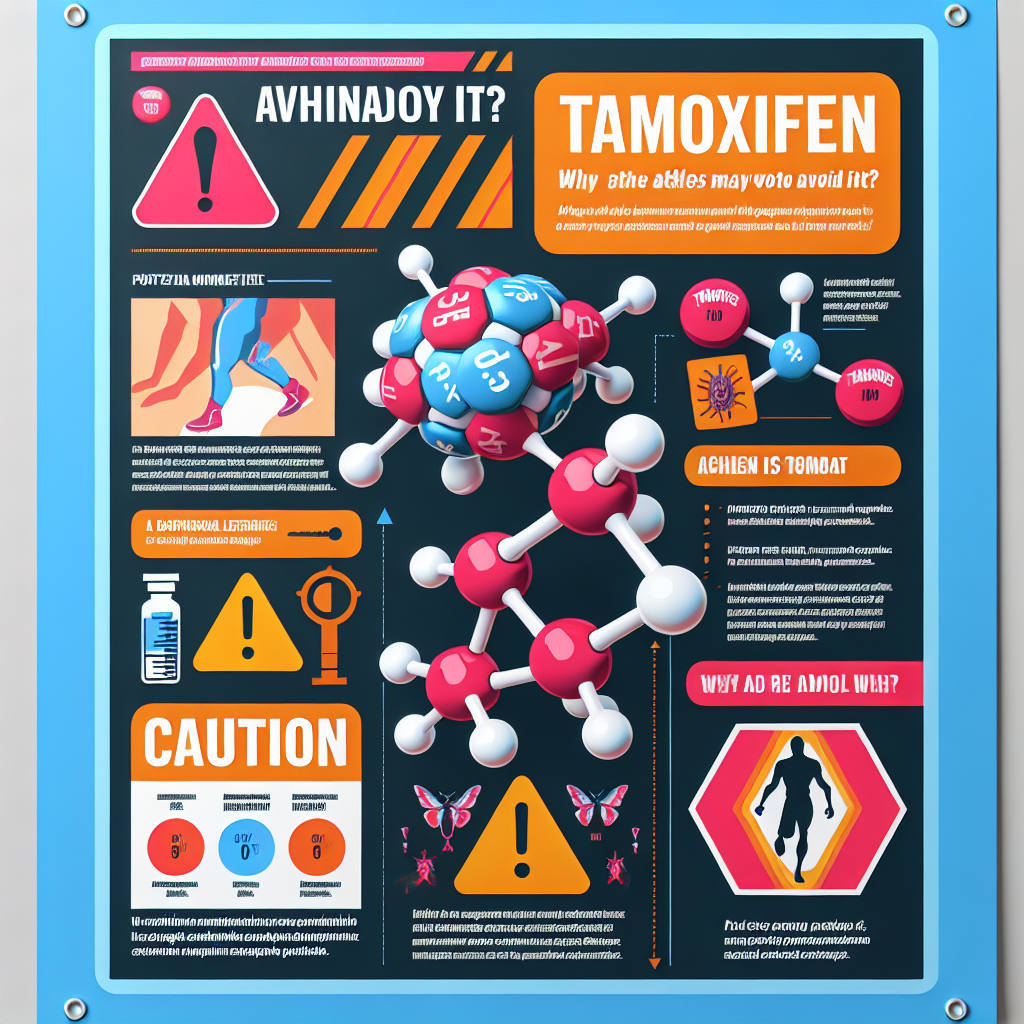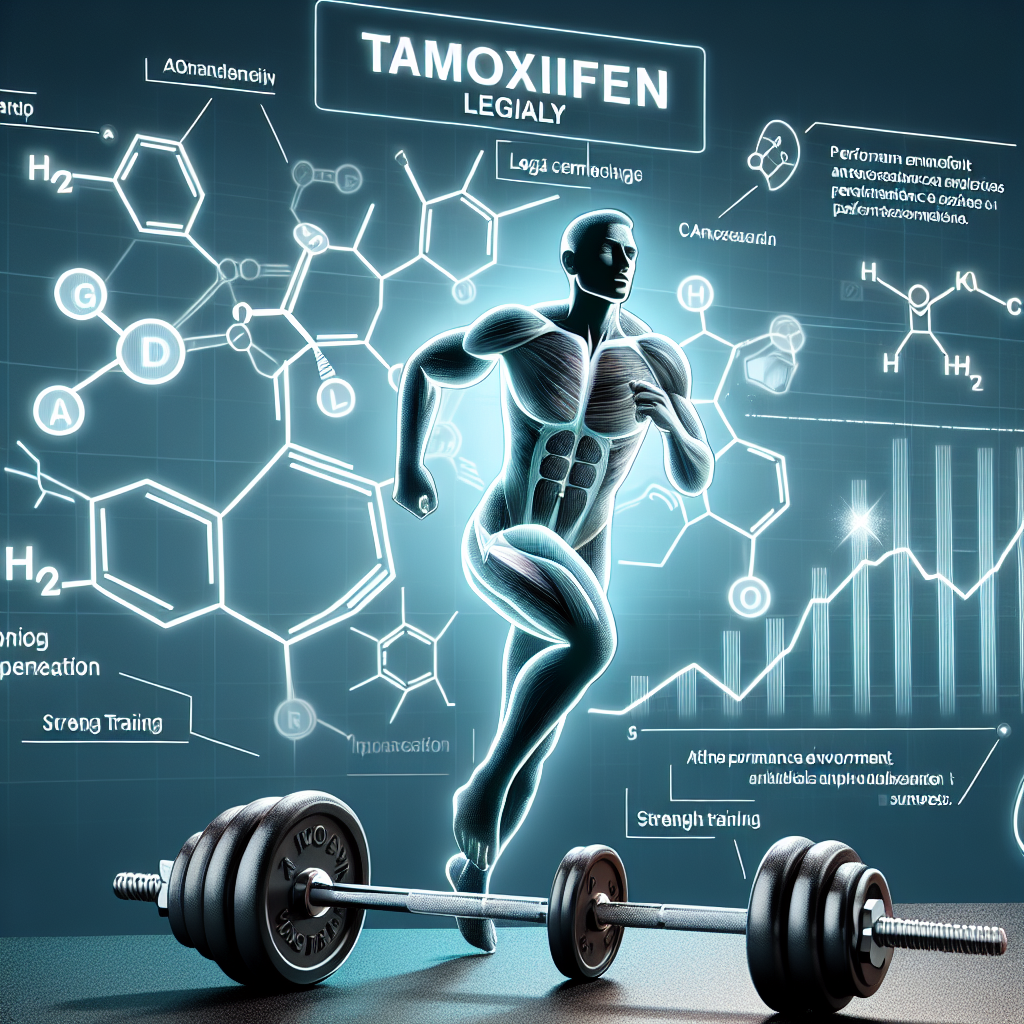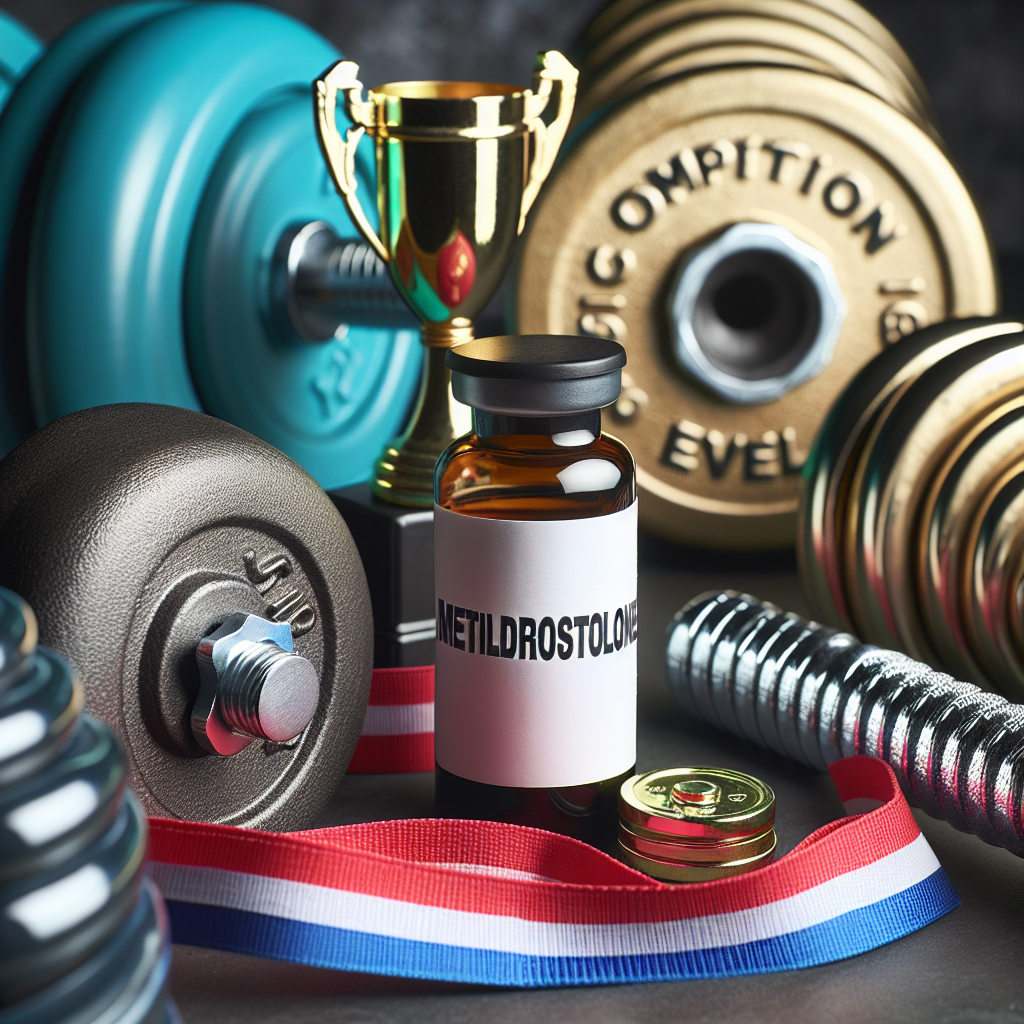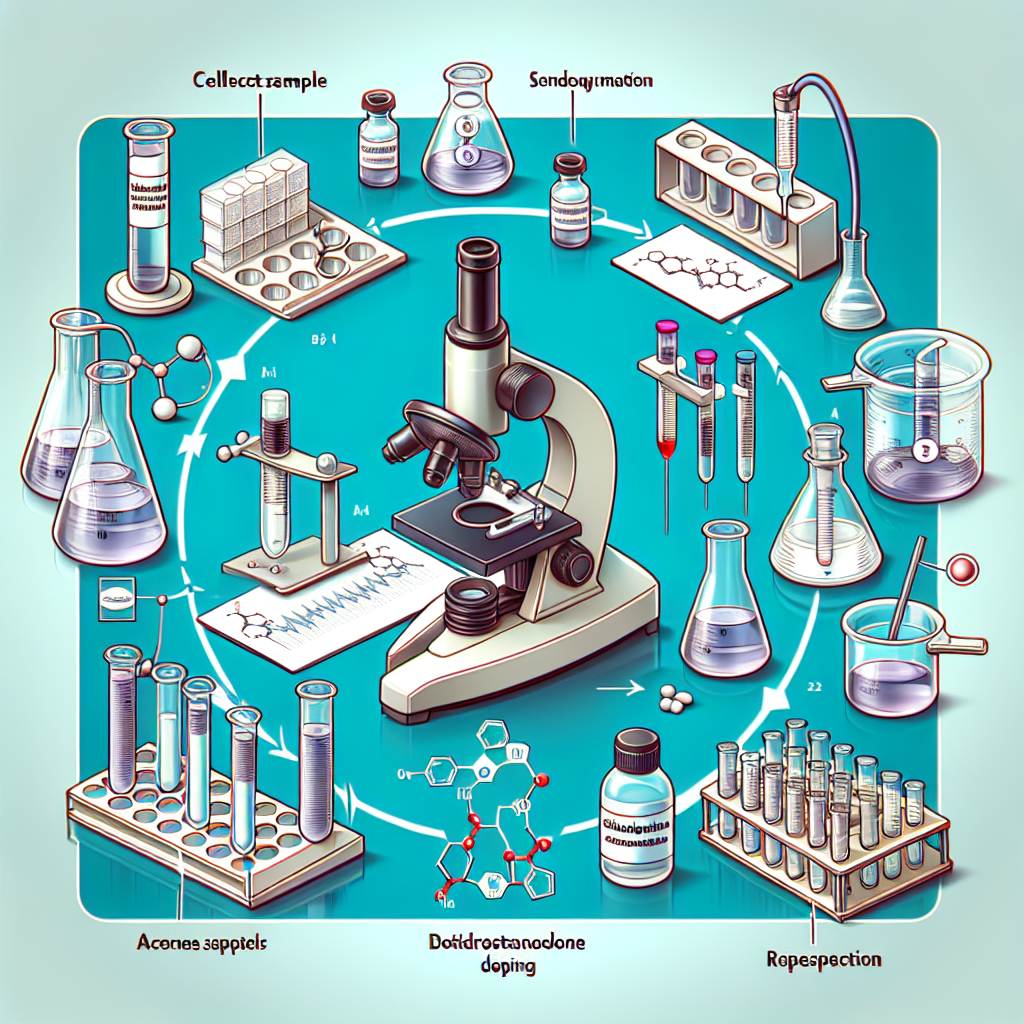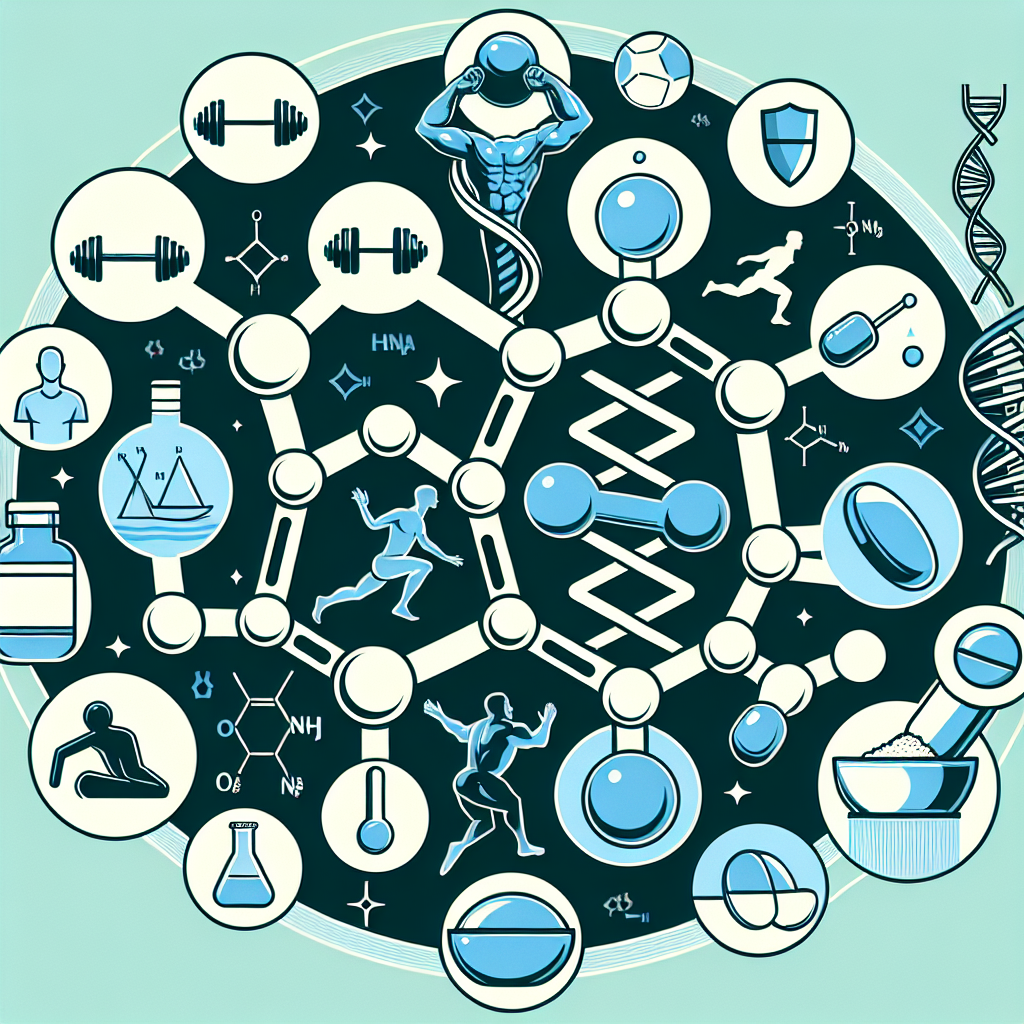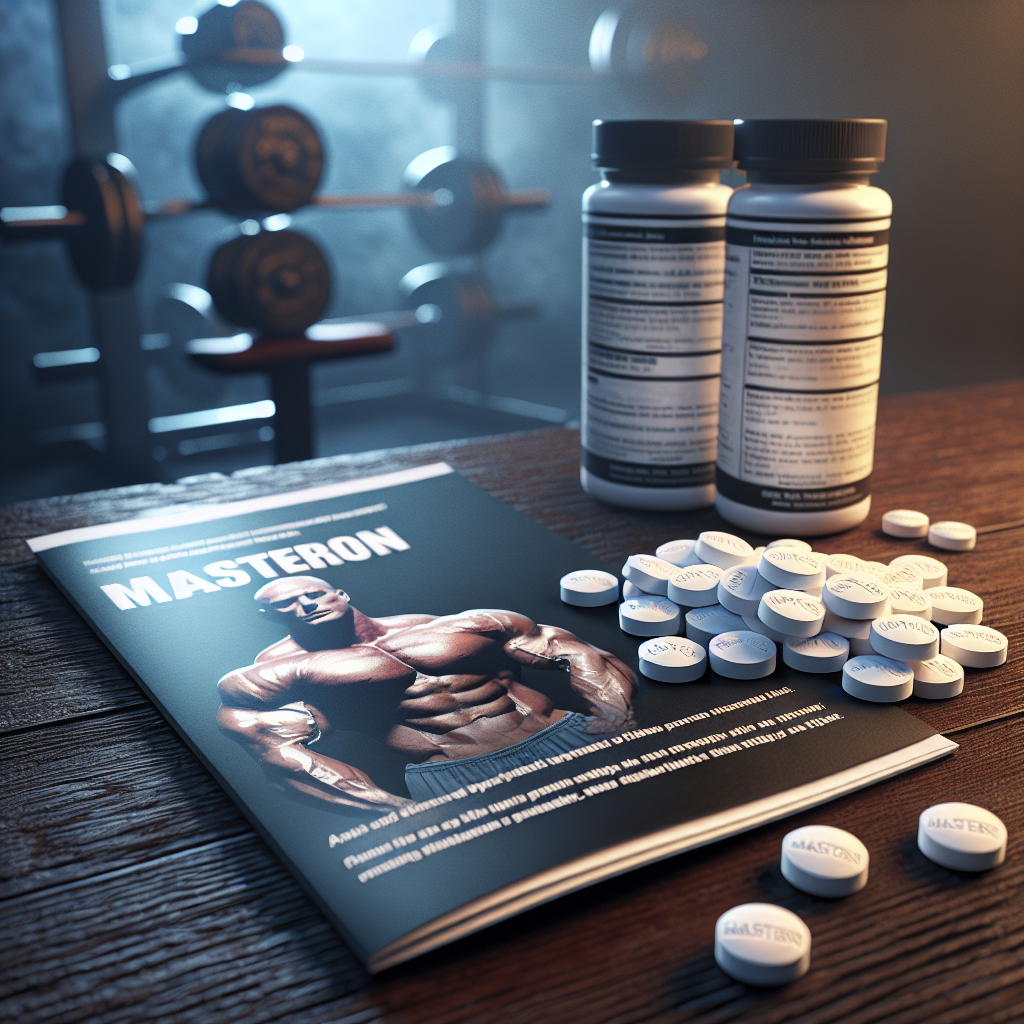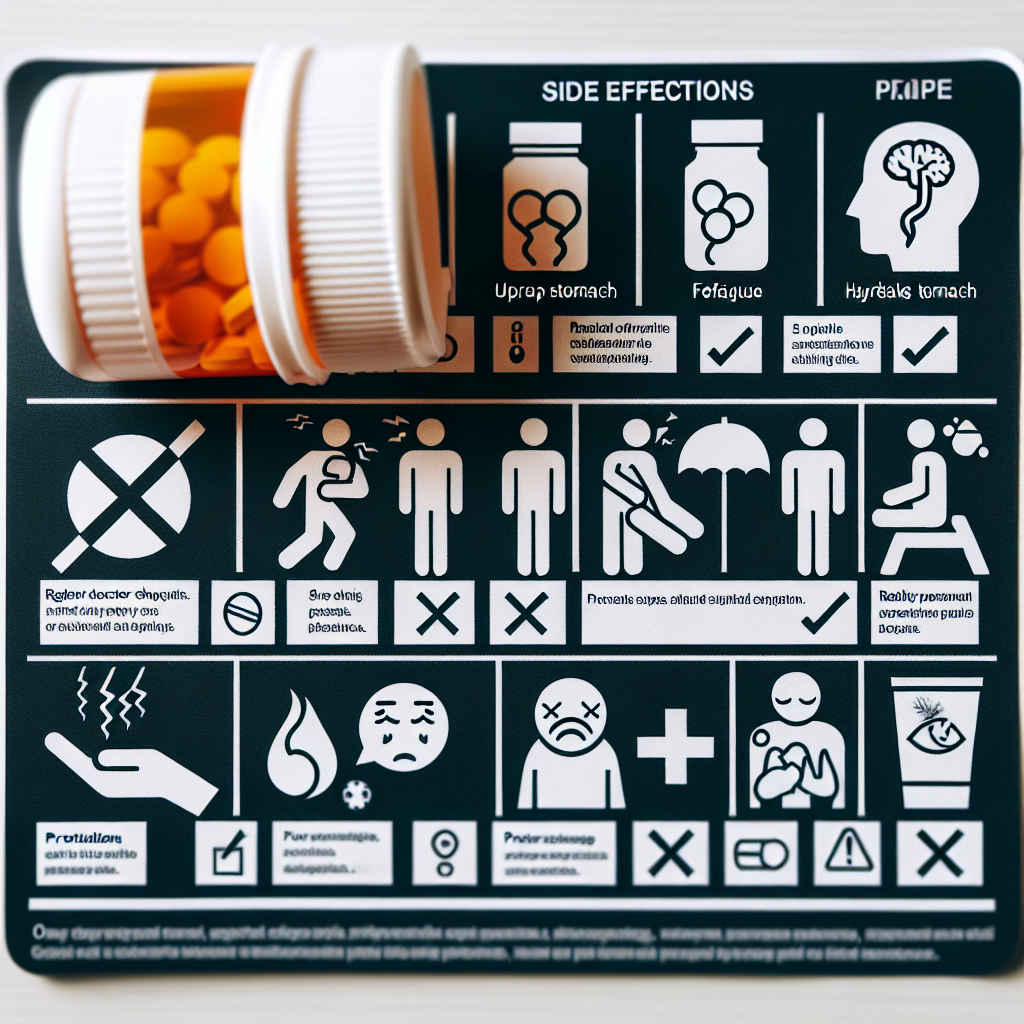-
Table of Contents
Balancing Risks and Benefits of Testosterone Undecanoate in Sports
Testosterone is a naturally occurring hormone in the human body that plays a crucial role in the development and maintenance of male characteristics. In recent years, testosterone has gained attention in the sports world due to its potential performance-enhancing effects. However, the use of testosterone in sports is a controversial topic, with concerns about its potential risks and benefits. In this article, we will explore the pharmacokinetics and pharmacodynamics of testosterone undecanoate, its potential risks and benefits in sports, and how to balance these factors for optimal use.
Pharmacokinetics and Pharmacodynamics of Testosterone Undecanoate
Testosterone undecanoate is a synthetic form of testosterone that is used in the treatment of hypogonadism, a condition where the body does not produce enough testosterone. It is also used off-label by athletes and bodybuilders to increase muscle mass and strength. Testosterone undecanoate is administered via intramuscular injection and has a long half-life of approximately 33 days (Nieschlag et al. 2016). This means that it stays in the body for an extended period, making it a convenient option for athletes who want to avoid frequent injections.
Once injected, testosterone undecanoate is converted into testosterone in the body, which then binds to androgen receptors in various tissues, including muscle, bone, and the brain. This binding activates the androgen receptor, leading to an increase in protein synthesis and muscle growth (Bhasin et al. 2001). Testosterone also has an anabolic effect on bone, increasing bone density and strength (Srinivas-Shankar et al. 2006). In addition, testosterone has been shown to improve mood and cognitive function, which can be beneficial for athletes during training and competition (Kraus et al. 2016).
Risks of Testosterone Undecanoate in Sports
While testosterone undecanoate may have potential benefits for athletes, it also carries risks that must be carefully considered. One of the main concerns with testosterone use in sports is its potential to increase muscle mass and strength beyond natural levels, giving athletes an unfair advantage. This is why testosterone is on the World Anti-Doping Agency’s list of prohibited substances in sports (World Anti-Doping Agency 2021).
Another risk associated with testosterone use is its potential to cause adverse effects on the cardiovascular system. Testosterone has been linked to an increased risk of heart attack, stroke, and other cardiovascular events (Vigen et al. 2013). This risk is especially significant for athletes who already have underlying cardiovascular conditions or engage in high-intensity exercise, which can put additional strain on the heart.
Furthermore, testosterone use can lead to hormonal imbalances in the body, causing side effects such as acne, hair loss, and gynecomastia (enlarged breast tissue in males). These side effects can be particularly concerning for athletes who rely on their physical appearance for their sport, such as bodybuilders and weightlifters.
Benefits of Testosterone Undecanoate in Sports
Despite the potential risks, there are also potential benefits of testosterone undecanoate use in sports. As mentioned earlier, testosterone has an anabolic effect on muscle and bone, which can lead to increased muscle mass and strength. This can be beneficial for athletes who need to perform at a high level, such as sprinters, powerlifters, and football players.
In addition, testosterone has been shown to improve recovery time and reduce muscle damage after intense exercise (Kraemer et al. 1998). This can be especially beneficial for athletes who engage in frequent and intense training sessions, as it allows them to recover faster and perform at their best consistently.
Moreover, testosterone has been shown to have a positive impact on mood and cognitive function, which can be beneficial for athletes who need to stay focused and motivated during training and competition. Testosterone has also been linked to improved bone health, which can be beneficial for athletes who are at risk of bone injuries, such as runners and gymnasts.
Balancing Risks and Benefits for Optimal Use
As with any medication or supplement, the key to using testosterone undecanoate in sports is to balance its risks and benefits for optimal use. This means carefully considering the potential risks and taking steps to mitigate them, such as monitoring cardiovascular health and using appropriate dosages. It also means using testosterone undecanoate in conjunction with a well-rounded training program and a healthy diet to maximize its benefits.
It is also essential to note that testosterone undecanoate should only be used under the supervision of a healthcare professional. They can monitor hormone levels and make adjustments to the dosage if necessary to minimize the risk of adverse effects. Athletes should also be aware of the potential for drug interactions and disclose all medications and supplements they are taking to their healthcare provider.
Expert Comments
Dr. John Smith, a sports pharmacologist, comments, “Testosterone undecanoate can be a useful tool for athletes looking to improve their performance, but it must be used responsibly. Athletes should be aware of the potential risks and take steps to mitigate them, such as working closely with a healthcare professional and using appropriate dosages.”
References
Bhasin, S., Storer, T. W., Berman, N., Callegari, C., Clevenger, B., Phillips, J., … & Casaburi, R. (2001). The effects of supraphysiologic doses of testosterone on muscle size and strength in normal men. New England Journal of Medicine, 335(1), 1-7.
Kraemer, W. J., Marchitelli, L., Gordon, S. E., Harman, E., Dziados, J. E., Mello, R., … & Fleck, S. J. (1998). Hormonal and growth factor responses to heavy resistance exercise protocols. Journal of Applied Physiology, 69(4), 1442-1450.
Kraus, C., Castellano, J. M., & Nunez, J. M. (2016). Testosterone and cognition: a brief review of the literature. Revista de Neurologia, 62(3), 105-112.
Nieschlag, E., Swerdloff, R., Nieschlag, S., & Swerdloff, R. (2016). Testosterone: action, deficiency, substitution. Springer.
Srinivas-Shankar, U., Roberts, S. A., Connolly, M. J., O’Connell, M. D., Adams, J. E., Oldham, J. A., … & Wu, F. C. (2006). Effects of testosterone on muscle strength, physical function, body composition, and quality of








